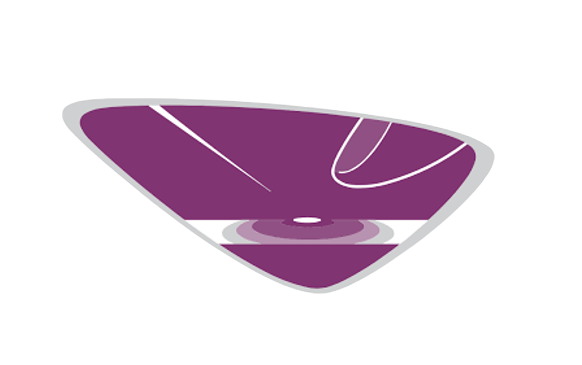Liability financial accounting Wikipedia
Content
Arises when the company failed to deliver to the goods or services but has taken the money in advance. This is a liability account that contains the amount owed to bondholders by the issuer. Bills payable – These bills generally include utility bills, i.e., electricity bill, water bill, and maintenance bills, which are payable. This post is to be used for informational purposes only and does not constitute legal, business, or tax advice. Each person should consult his or her own attorney, business advisor, or tax advisor with respect to matters referenced in this post. Bench assumes no liability for actions taken in reliance upon the information contained herein.
- In effect, only present—not future—obligations are liabilities.
- Short-term liabilities are the debts or obligations due within the current period, which is usually one year.
- To operate on a cash-only basis, you’d need to both pay with and accept cash—either physical cash or through your business checking account.
- A liability is a legally binding obligation payable to another entity.
The company, on the other hand, upon depositing the cash with the bank, records a decrease in its cash and a corresponding increase in its bank deposits . Liabilities are debts and obligations of the business they represent as creditor’s claim on business assets. It makes it easier for anyone looking at your financial statements to figure out how liquid your business is (i.e. capable of paying its debts). Liabilities are any debts your company has, whether it’s bank loans, mortgages, unpaid bills, IOUs, or any other sum of money that you owe someone else.
Freshbooks – Best Software Compatible for Liabilities in Accounting
Hence, businesses are liable to pay salaries and wages to their employees after the employees have performed their duties. Current liabilities include all liabilities that are expected to be paid within one year. Any liabilities with a payment period of over a year are considered long-term. More detailed definitions can be found in accounting textbooks or from an accounting professional.
It’s a present obligation that will be settled in the future using cash, goods, or services. For example, you have a bank loan that needs to be repaid after two years. Today, you have a present obligation to repay the loan but the actual payment will be in two years’ time.
What is an example of assets being turned into liabilities?
Since most companies do not pay for goods and services as they are acquired, AP is equivalent to a stack of bills waiting to be paid. Companies of all sizes finance part of their ongoing long-term operations by issuing bonds that are essentially loans from each party that purchases the bonds. This line item is in constant flux as bonds are issued, mature, or called back by the issuer. A liability is something a person or company owes, usually a sum of money. Liabilities are settled over time through the transfer of economic benefits including money, goods, or services. Expenses and liabilities are part of your ongoing business operations.
Xero does not provide accounting, tax, business or legal advice. Liabilities in financial accounting need not be legally enforceable; but can be based on equitable obligations or constructive obligations. An equitable obligation is a duty based on ethical or moral considerations. A https://www.good-name.org/how-accounting-services-can-help-real-estate-companies-optimize-their-finances/ constructive obligation is an obligation that is implied by a set of circumstances in a particular situation, as opposed to a contractually based obligation. Recording a liability requires a debit to an asset or expense account , and a credit to the applicable liability account.
Related Terms
Your expenses, along with revenue, gains and losses, determine your net income for that period. In a way, expenses are a subset of your liabilities but are used differently to track the financial health of your business. retail accounting Your balance sheet reflects business expenses by drawing down your cash account or increasing accounts payable. While expenses and liabilities may seem as though they’re interchangeable terms, they aren’t.
Operating expenses are listed on an income statement (profit-and-loss statement). The primary classification of liabilities is according to their due date. The classification is critical to the company’s management of its financial obligations. “Accounts payable” refers to an account within the general ledger representing a company’s obligation to pay off a short-term obligations to its creditors or suppliers. Liabilities are a vital aspect of a company because they are used to finance operations and pay for large expansions. They can also make transactions between businesses more efficient.
Examples of Contingent Liabilities
As a practical example of understanding a firm’s liabilities, let’s look at a historical example using AT&T’s balance sheet. Liability may also refer to the legal liability of a business or individual. For example, many businesses take out liability insurance in case a customer or employee sues them for negligence. They consist of the expenditures you have to pay to keep your business operating on a day-to-day basis. Swipe Away Homelessness A payments program to support our veterans Blog Insightful articles you can use right now.

